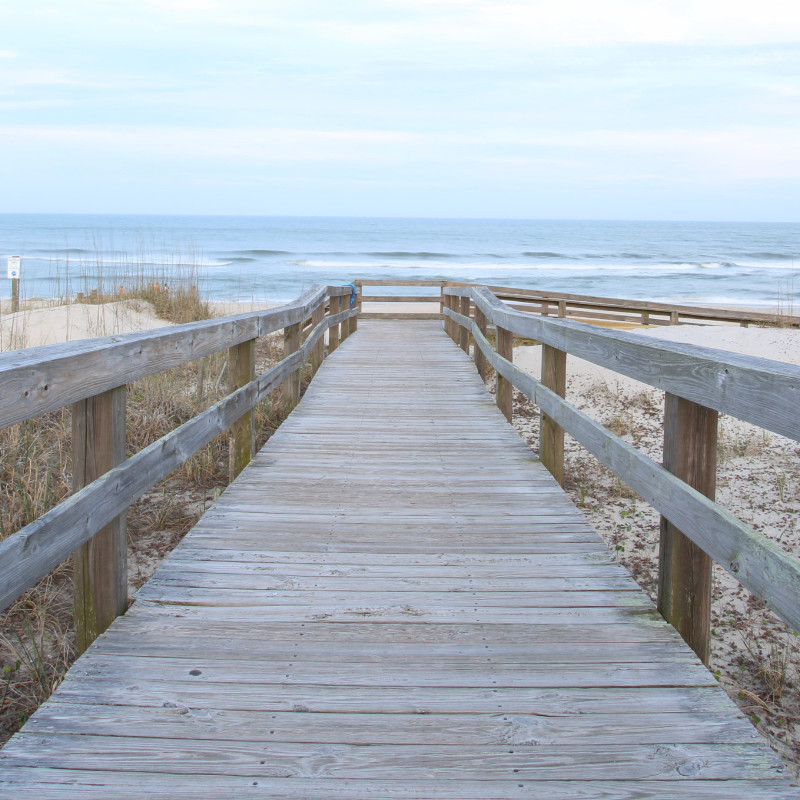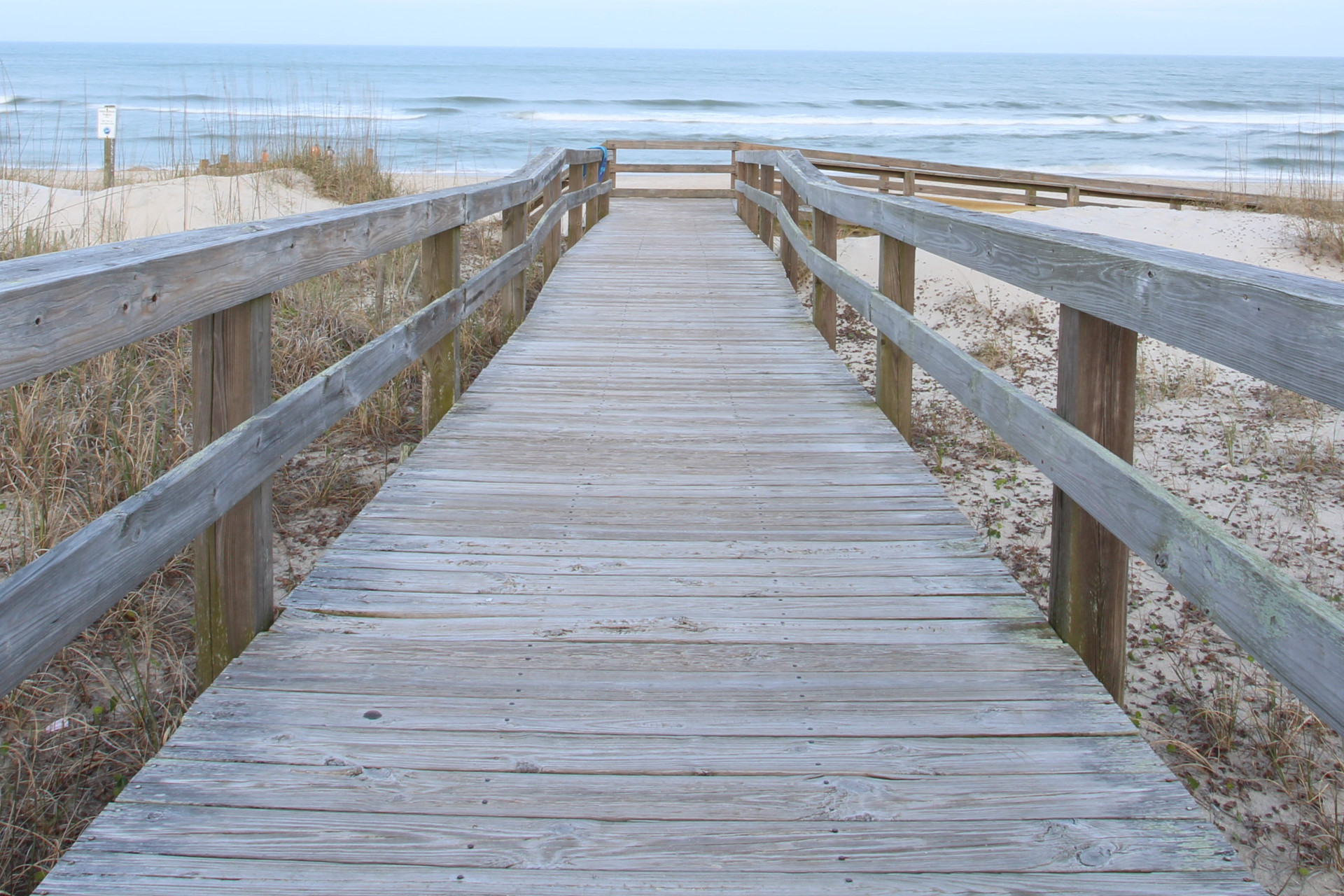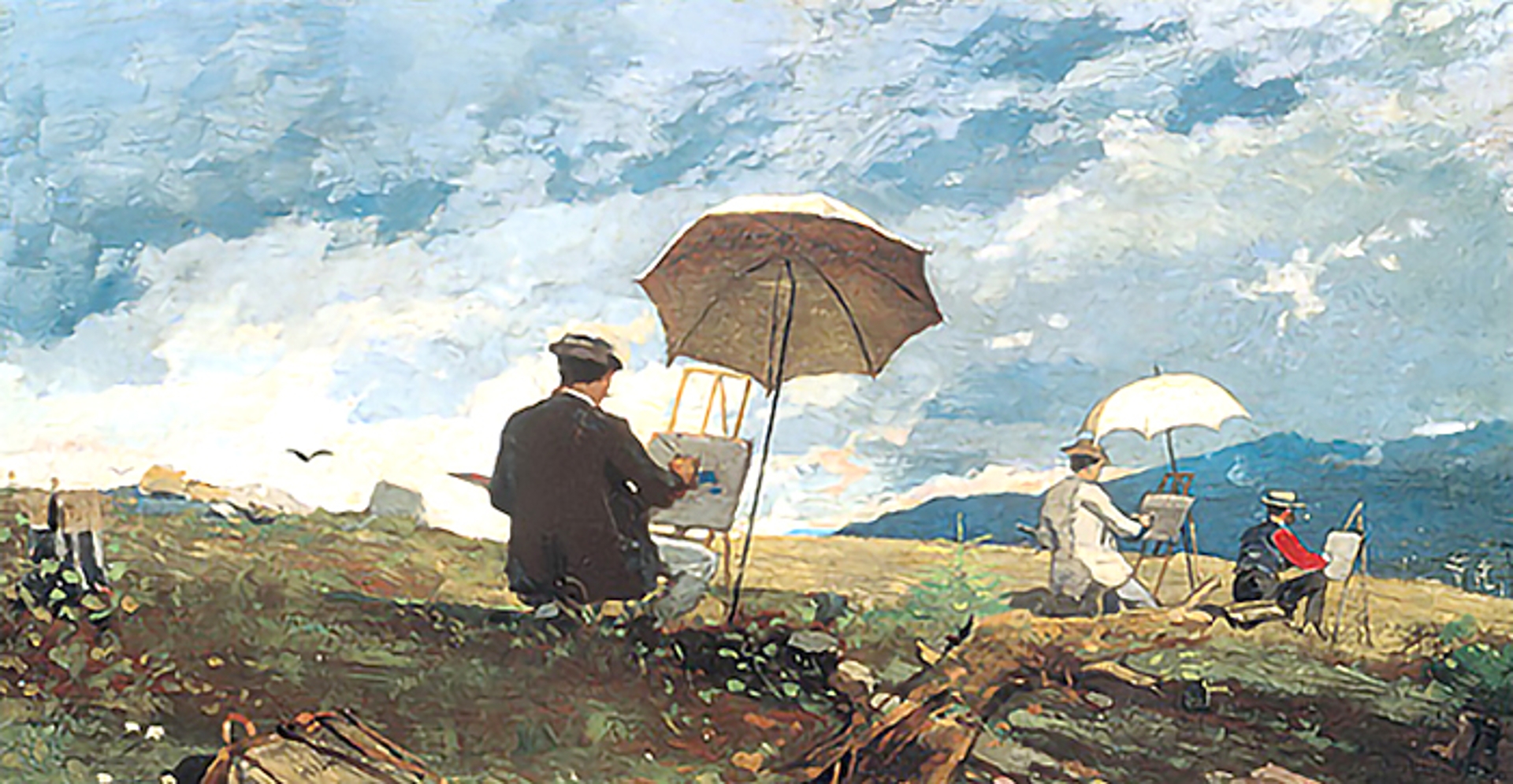13
Jul 2022
By Kathi Ferguson
Just as surely as winter gives way to the arrival of warmer weather, plein air painters come to embrace the beauty of the landscape. Nature becomes a painter’s resource, for which there is no shortage here on Delmarva. On any given day, plein air painters set up their easels in towns, on farms, along roadsides and beside the countless waterways across the region, attempting to translate their vision onto canvas.
What then, is the story behind this alluring practice?
It is believed that painters have painted en plein air, or, in the open air, since the beginning of painting itself. The movement can be traced back to the late 1800s when the Impressionists ventured out of their studios to develop a deeper understanding of capturing the effects of the ever-changing light, atmosphere, and weather in their paintings. Though painting outdoors took considerably more effort, the results were worth the trouble, as they found paintings done on location came alive.
The first documented outdoor painters go back to the 16th and 17th centuries with Italian artist Agostino Tassi (1578-1644), who taught artist Claude Lorrain (1600-1682), known to many as the father of outdoor painting. Several movements took place throughout the years such as the group of American landscape painters who worked and traveled to the Adirondack Mountains of New York and other wilderness areas between 1825 and 1870. Painters of the well-known Barbizon School, painted scenes of everyday life and farmers in the fields of Barbizon, France from 1830-1870.
Perhaps the biggest painting revolution of all time took place in the early 1860s. Four young painters often ventured into the countryside together, not just for the purpose of making sketches to be later developed in the studio, as was customary at the time. Rather, they painted finished works on location. These artists would become legends: Claude Monet (1840-1926), Pierre-Auguste Renoir (1841-1919), Alfred Sisley (1839-1899), and Frédéric Bazille (1841-1870). Making bold use of the vivid synthetic pigments that had recently been invented, they could develop a lighter and brighter style of painting than those before them.
Painting outside, however, posed several problems to the first proponents of plein air - solutions to which have their own history. Not only was the weather a factor, but transporting wet canvases were additional challenges to the artist. One of the most significant equipment inventions to remedy this situation is from the 19th century. The French box easel is a portable easel with a built-in paint box and telescopic legs, offering the ability to fold up into the size of a briefcase, allowing for easy transport and storage.
Another development in painting equipment is the Pochade Box. A compact box with space for artists to keep their painting supplies, the Pochade Box also held a canvas in the lid. Depending on the design, artists could clamp larger canvases to the lid, and some designs had inbuilt compartments to hold wet canvases. Although these boxes were initially designed for outdoor painting, many artists continue to use them today in the home, classroom, or studio.
Today, plein air painting remains one of the most popular and growing art movements in the United States. Embracing the challenges that outdoor painting presents is like no other. But being in the moment with nature while in the process of creating your personal perception of the landscape is invaluable.






